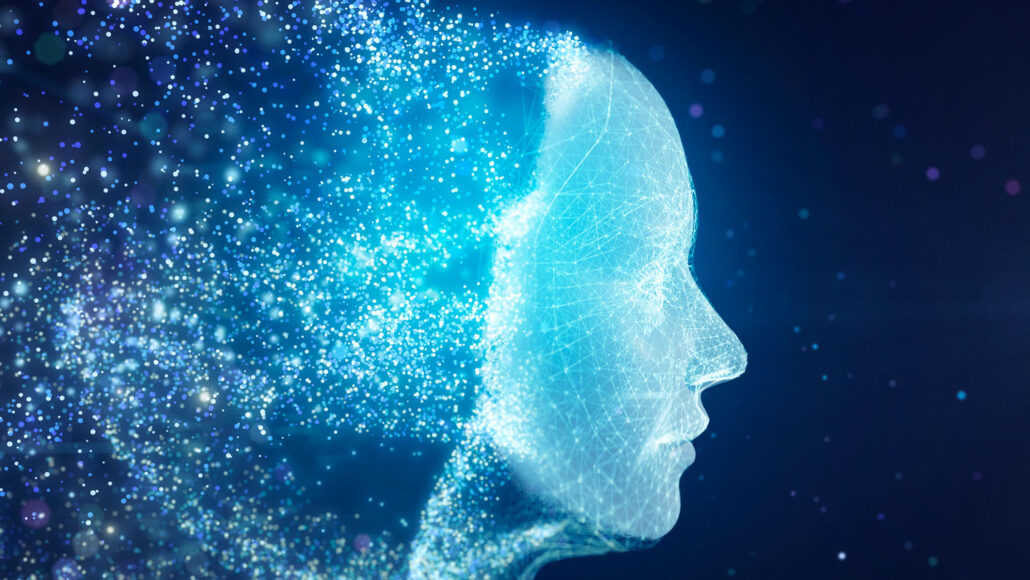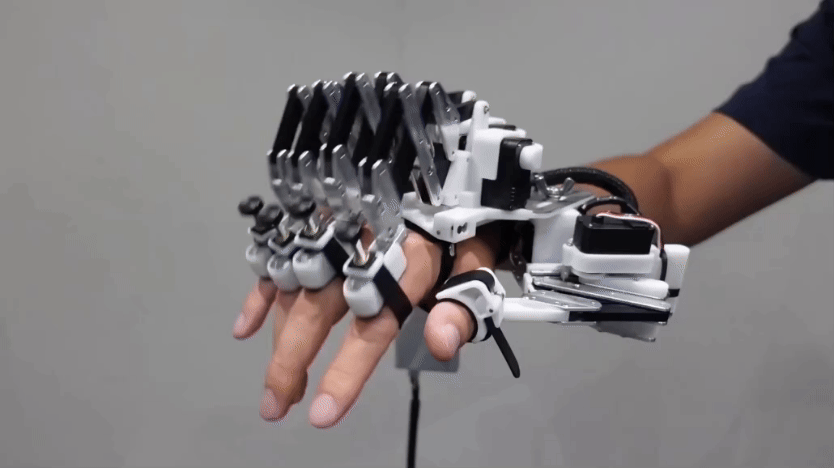Let’s learn about artificial intelligence
Artificially intelligent devices perform tasks that would usually require a human brain

Artificial intelligence is computer code that allows a machine to do something that would typically require human brainpower.
Yuichiro Chino/Getty Images
You can ask Amazon’s virtual assistant, Alexa, for a lot of things. To play music, read the news or tell you the weather. You can even ask her to define “artificial intelligence.”
“Artificial intelligence,” Alexa says, “is the ability of a computer program or a machine to think or learn.” What Alexa fails to mention is that she herself is a form of artificial intelligence.
Artificial intelligence, or AI, is all around us. Phone navigation apps and self-driving cars use AI to plan their routes. Streaming services use AI to suggest films, while online shops use it to suggest products. AI also powers search engine results and virtual translators. Basically, AI is behind any device solving a problem that typically requires human brainpower.
Much of today’s AI is based on machine learning. This is a computer science technique that allows computers to learn from examples or experience. Take AlphaGo, for instance. This AI famously beat human champions at a complex game called Go. AlphaGo learned to play by studying 30 million Go moves that people had made. The AI then honed its skills by playing against different versions of itself.
AI has the power to do a lot of good. Thinking machines could help diagnose diseases or treat patients. Online AI moderators could screen hateful posts or flag fake news stories. Artsy AI is giving the world new paintings, songs and other creative works.
Still, in a lot of ways, today’s AI is nowhere near as smart as people. Most AI must study vast amounts of data to learn anything. And these systems often struggle to learn abstract concepts or explain their decisions. In some cases, using AI may even cause harm. AI systems can be encoded with bias against certain groups of people. That causes problems when those AIs are used to judge job applications or decide prison sentences. Plus, training AI devours a lot of electricity. That may harm the environment.
In short: AI is revolutionizing many aspects of our lives. But like any world-changing technology, it must be used responsibly.
Want to know more? We’ve got some stories to get you started:
AI can guide us — or just entertain Advances in artificial intelligence are revolutionizing medicine, education and the arts. (12/7/2017). Readability: 7.7
Machine learning includes deep learning and neural nets Computers master new tasks similar to the way people do — by studying examples and learning from their own experience. (3/19/2021). Readability: 7.9
Training AI to be really smart poses risks to climate Smart computer programs are incredibly useful, but that artificial intelligence comes at a price. Training these systems requires an enormous amount of energy, which may impact the environment. (3/19/2021). Readability: 7.6
Explore more
Explainer: Data – waiting to become information
How to fight online hate before it leads to violence
Scientists enlist computers to hunt down fake news
Computers can now make fool-the-eye fake videos
Computers are changing how art is made
Computers can translate languages, but first they have to learn
AI can learn real-world skills by playing video games
Watson a game-changer for science
Moral dilemma could limit appeal of driverless cars
Waiting for a ‘smart’ toilet? It’s nearly here
Tackling the novel coronavirus calls for novel ideas
Activities
Interact with artificial intelligence, or AI, directly with Google’s AI Experiments. These projects showcase the power of AI through games and other activities. Test whether an AI trained to recognize doodles can tell what you’re drawing. Or play a piano duet with an AI pianist trained to complement to different musical styles.







